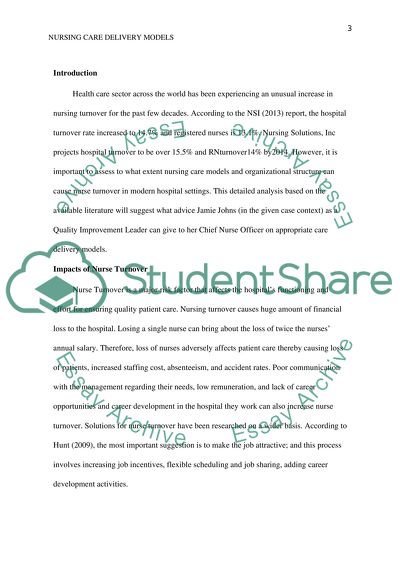Cite this document
(“Nursing care delivery models and organizational structure Essay”, n.d.)
Nursing care delivery models and organizational structure Essay. Retrieved from https://studentshare.org/nursing/1487743-nursing-care-delivery-models-and-organizational
Nursing care delivery models and organizational structure Essay. Retrieved from https://studentshare.org/nursing/1487743-nursing-care-delivery-models-and-organizational
(Nursing Care Delivery Models and Organizational Structure Essay)
Nursing Care Delivery Models and Organizational Structure Essay. https://studentshare.org/nursing/1487743-nursing-care-delivery-models-and-organizational.
Nursing Care Delivery Models and Organizational Structure Essay. https://studentshare.org/nursing/1487743-nursing-care-delivery-models-and-organizational.
“Nursing Care Delivery Models and Organizational Structure Essay”, n.d. https://studentshare.org/nursing/1487743-nursing-care-delivery-models-and-organizational.


